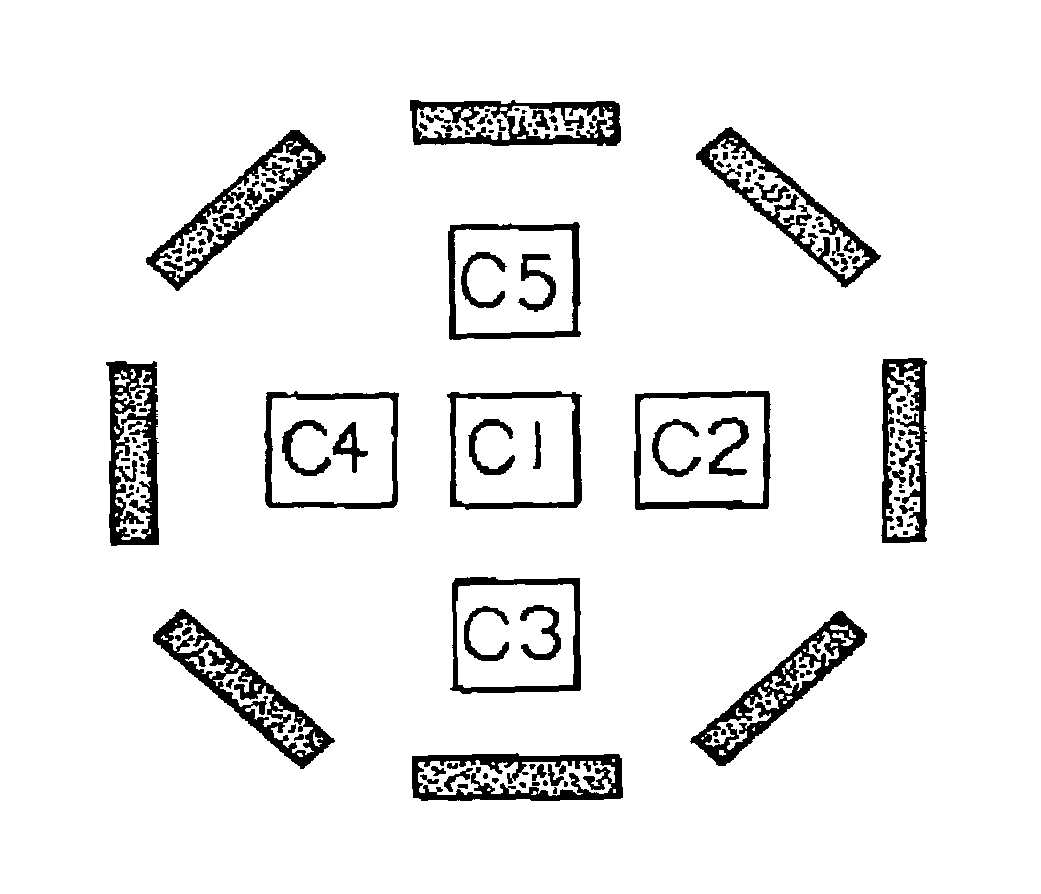Technique for adjusting the locus of excitation of electrically excitable tissue
- Summary
- Abstract
- Description
- Claims
- Application Information
AI Technical Summary
Benefits of technology
Problems solved by technology
Method used
Image
Examples
Embodiment Construction
[0036]Referring to FIG. 8, a single electrical pulse P1 can cause depolarization near a cathode in electrically excitable tissue which includes neural tissue or muscle tissue. Neural tissue includes peripheral nerves, ganglia, the spinal cord surface, deep spinal cord tissue, deep brain tissue, and brain surface tissue. Muscle tissue includes skeletal (red) muscle, smooth (white) muscle, and cardiac muscle. A locus includes a set of points in three-dimensional space and refers to a volume of cells or parts of cells. Due to the electrical characteristics of both the three-dimensional volume conductor and the membrane properties, the potentials outside and inside a neuron respond to the depolarization, usually with inverse exponential-type increases during the pulse and then attenuation over time after the pulse. The time constant for an isolated neuron membrane typically is 5–15 milliseconds (Nerve, Muscle and Synapse by Bernard Katz, circa 1972). For myelinated axons or muscle cells...
PUM
 Login to View More
Login to View More Abstract
Description
Claims
Application Information
 Login to View More
Login to View More - R&D
- Intellectual Property
- Life Sciences
- Materials
- Tech Scout
- Unparalleled Data Quality
- Higher Quality Content
- 60% Fewer Hallucinations
Browse by: Latest US Patents, China's latest patents, Technical Efficacy Thesaurus, Application Domain, Technology Topic, Popular Technical Reports.
© 2025 PatSnap. All rights reserved.Legal|Privacy policy|Modern Slavery Act Transparency Statement|Sitemap|About US| Contact US: help@patsnap.com



